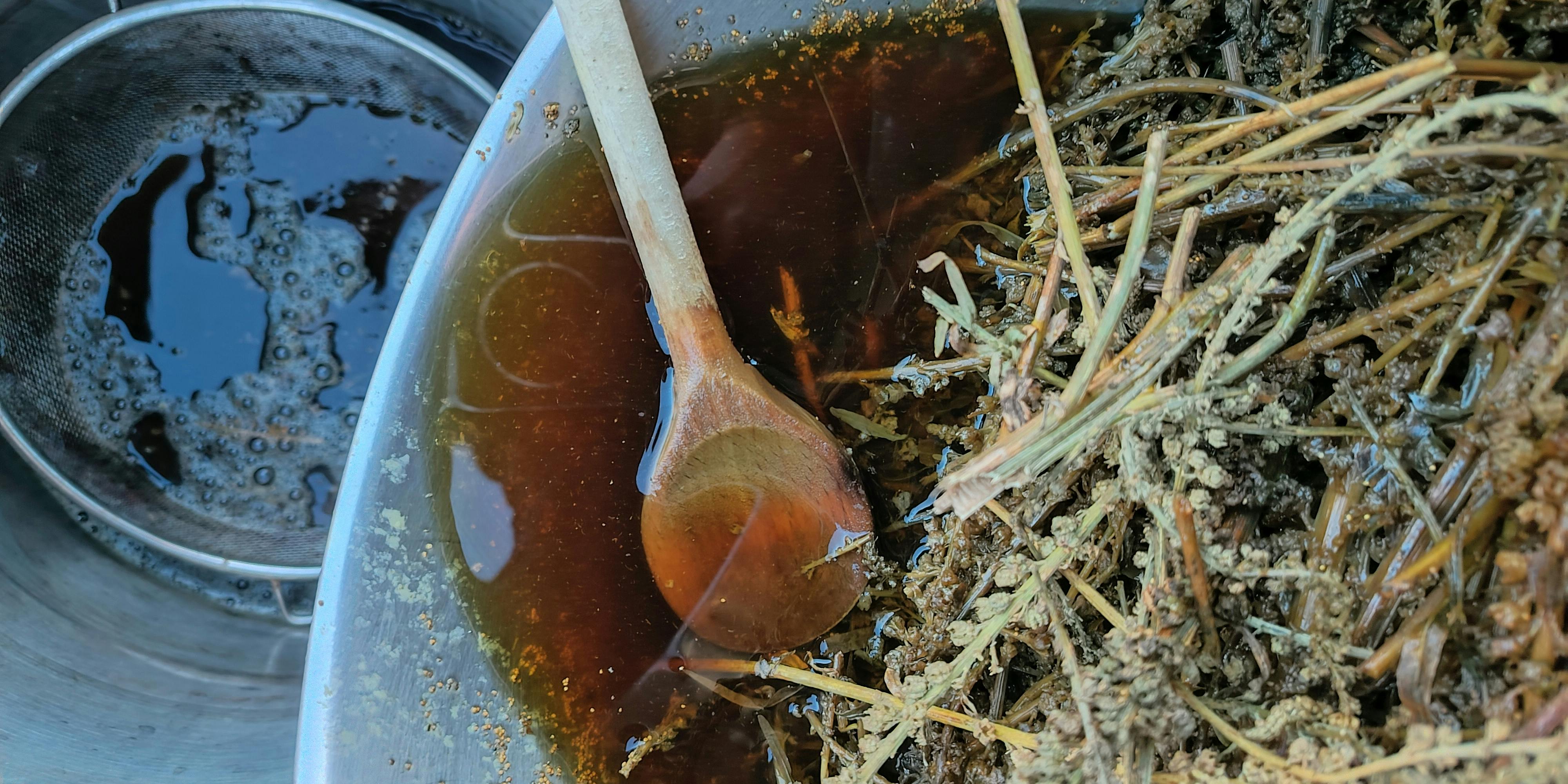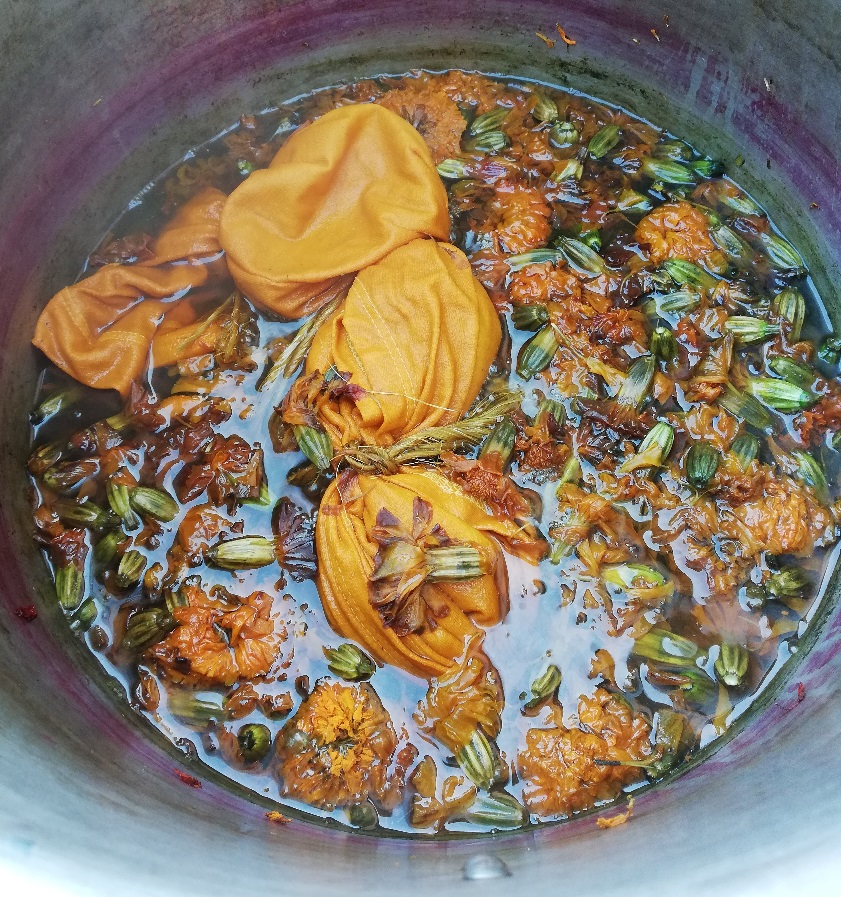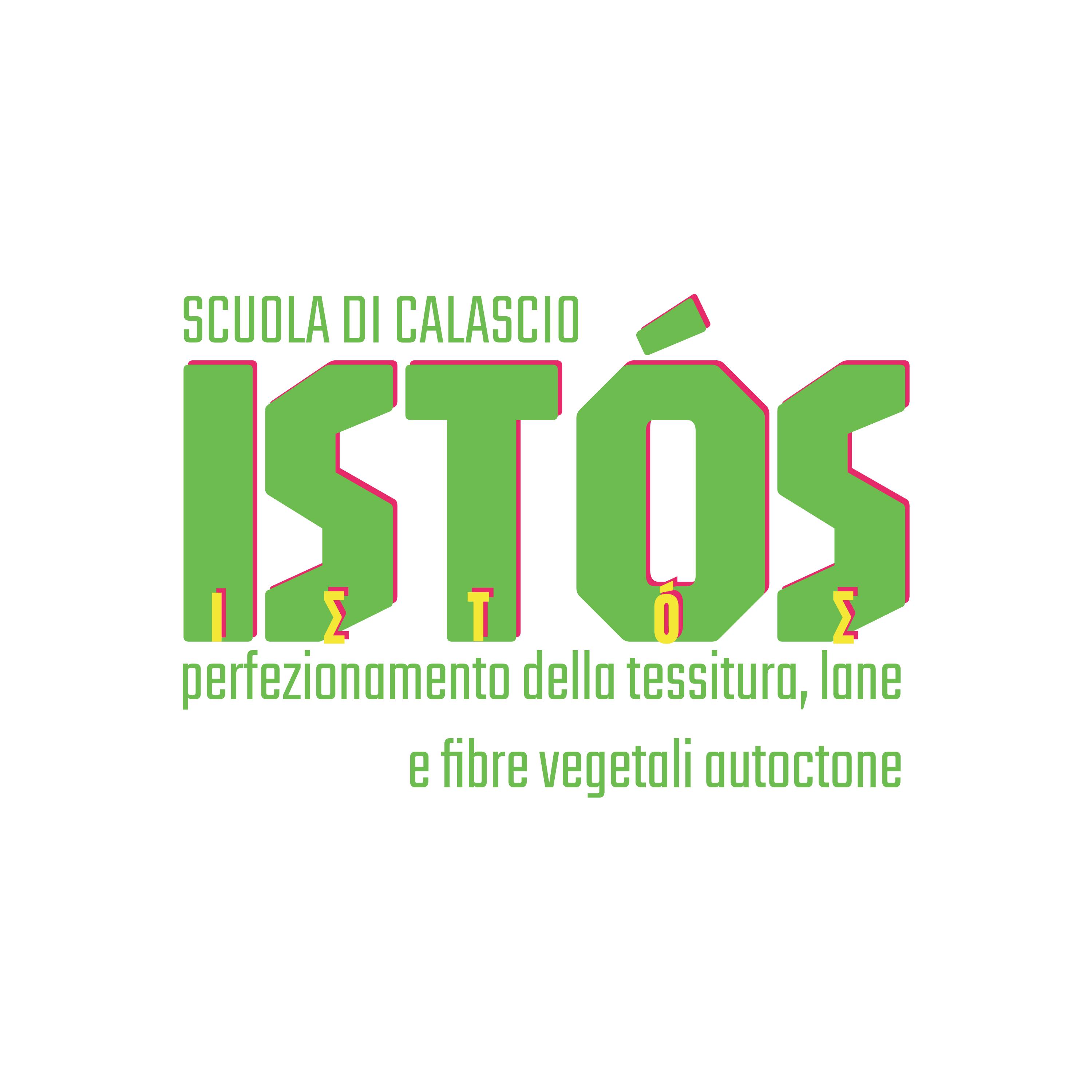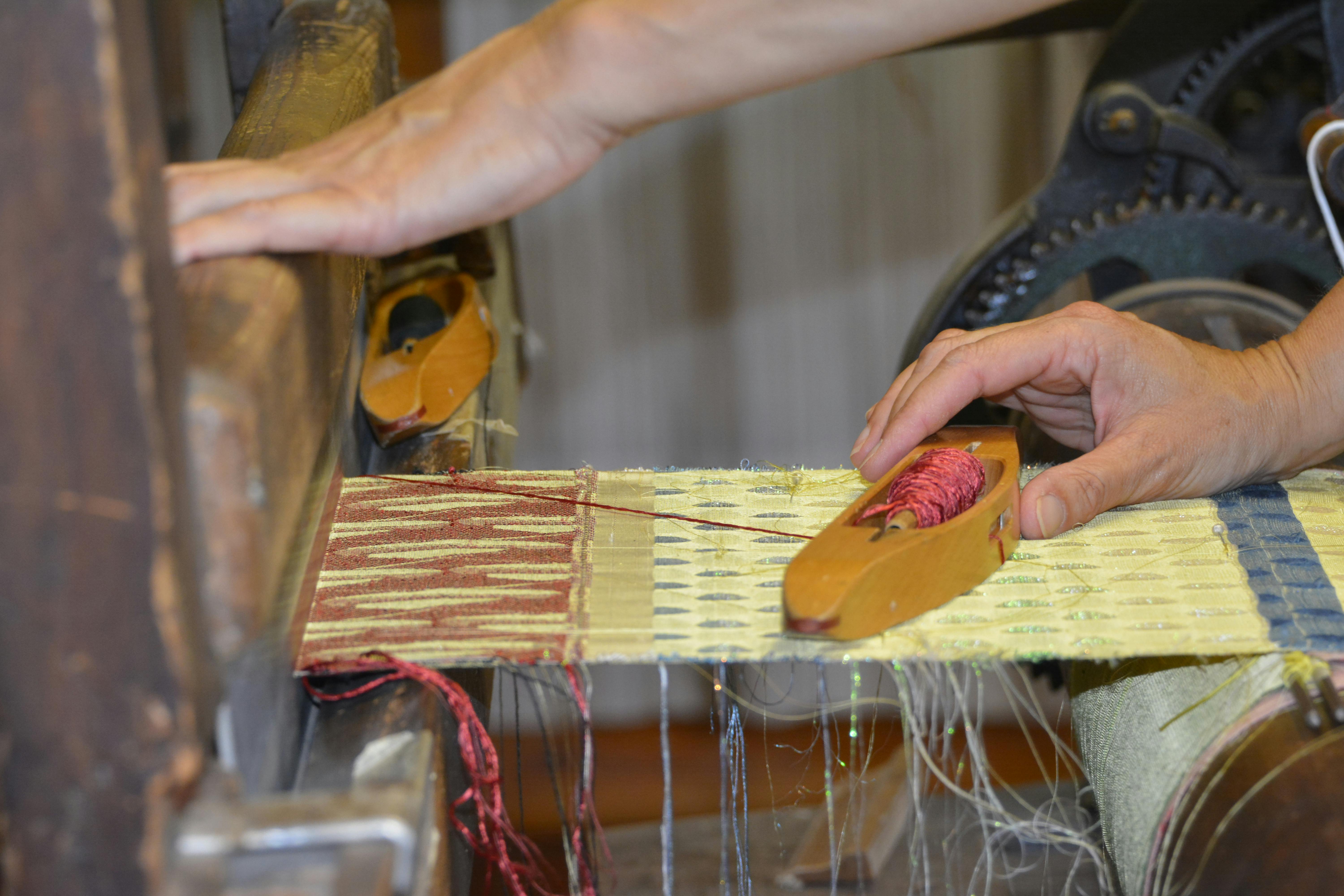
Scuola di Calascio - Masterclass tintura naturale
From 12 to 17 May 2025
course duration: 35 hours | from 9:00 a.m. to 6:00 p.m.
at CALASCIO (AQ)
total cost: € 300,00
The participation fee includes:
- attendance at in-person lessons
- teaching materials
- guided tour of the San Colombo Botanical Garden
- light lunch
- certificate of attendance
(The school has arranged an agreement with the course location for accommodation. For more information, please contact the teaching secretariat).
The course is part of ‘ISTÓS Scuola di Perfezionamento della tessitura’ (ISTÓS School of Advanced Weaving) thanks to the contribution of the cultural, social and economic regeneration pilot project ‘Rocca Calascio - Luce d'Abruzzo’ (Rocca Calascio - Light of Abruzzo) by the Municipality of Calascio, selected by the Abruzzo Region as part of the PNRR measure of the Ministry of Culture (Line A - M1.C3 - Investment 2.1- ‘Attractiveness of villages’), funded by the European Union - NextGenerationEU.
Intensive course in natural dyeing
The course aims to train modern dyers who are aware of their roots but work with the knowledge and improvements brought about by chemistry. It will therefore cover both traditional and popular colours, with a focus on those obtained from local plants. Importance will be given to plant recognition, the parts to be harvested and the best time to harvest in order to do so consciously and without waste. All the techniques necessary for extracting colour from plants and fixing it on different types of fabric will be covered, without neglecting disposal.
The intensive course is aimed both at those who already have experience with natural dyes and want to learn more about the chemistry of colour, and those who want to learn a more sustainable technique for decorating textiles.

Part One:
- Recognition of dyed plants and harvesting on site where possible. Focus on different extraction methods
- Fibres. Description and methods for optimising colour fixation
- Mordants, both mineral and organic, used for colour fixation
- Dyeing methods differentiated by the use of mordants and/or the amount of water used. Methods of colour application (immersion, spray, solar)
- Tests to assess colour resistance to daily use (washing, sun, rubbing, sweat)
- Proper disposal of dye baths.
Part Two:
Of the two indigo plants, woad (Isatis Tinctoria) and dyer's smartweed (Polygonum tinctorium), the following topics will be covered:
- Cultivation methods and chemical characteristics
- Extraction of the dye, dry and fresh (if available)
- Indigo powder vat dyeing using different methods, chemical and semi-organic
- In-depth analysis of the sustainability and critical issues of the fashion system, in particular denim
- Proper disposal of dye baths
Valentina Ferrarini
After graduating with honours from the University of Bologna in Plant Biotechnology, she went on to complete a PhD in Microbial Ecology at the Faculty of Agriculture in Bologna.
Her study of the plant world at a biochemical and physiological level, as well as her passion for textile arts, have accompanied her since childhood. She found a common ground in natural colours about 15 years ago thanks to M. E. Salice's Natural Colours Association, where she trained as a teacher.
She specialises in weaving, pattern making, embroidery and knitting courses, as well as studying colour chemistry and dyeing throughout Europe. She contributes to a series on “Vita in Campagna” and a recipe book for “Silke filati”. She collaborates with NABA Milan and Rome and teaches dyeing to students at technical colleges specialising in textile chemistry.
She opened her own dyeing workshop, “Officina del Colore Naturale”, in 2016 and, since 2020, has been growing dye plants, with a particular focus on woad and Japanese indigo. She collaborates with important organisations such as Tintoria Emiliana, Artefil Como, Lana Tingola i Val di Fiemme and various farms for the production of indigo, in collaboration with the University of Milan.




